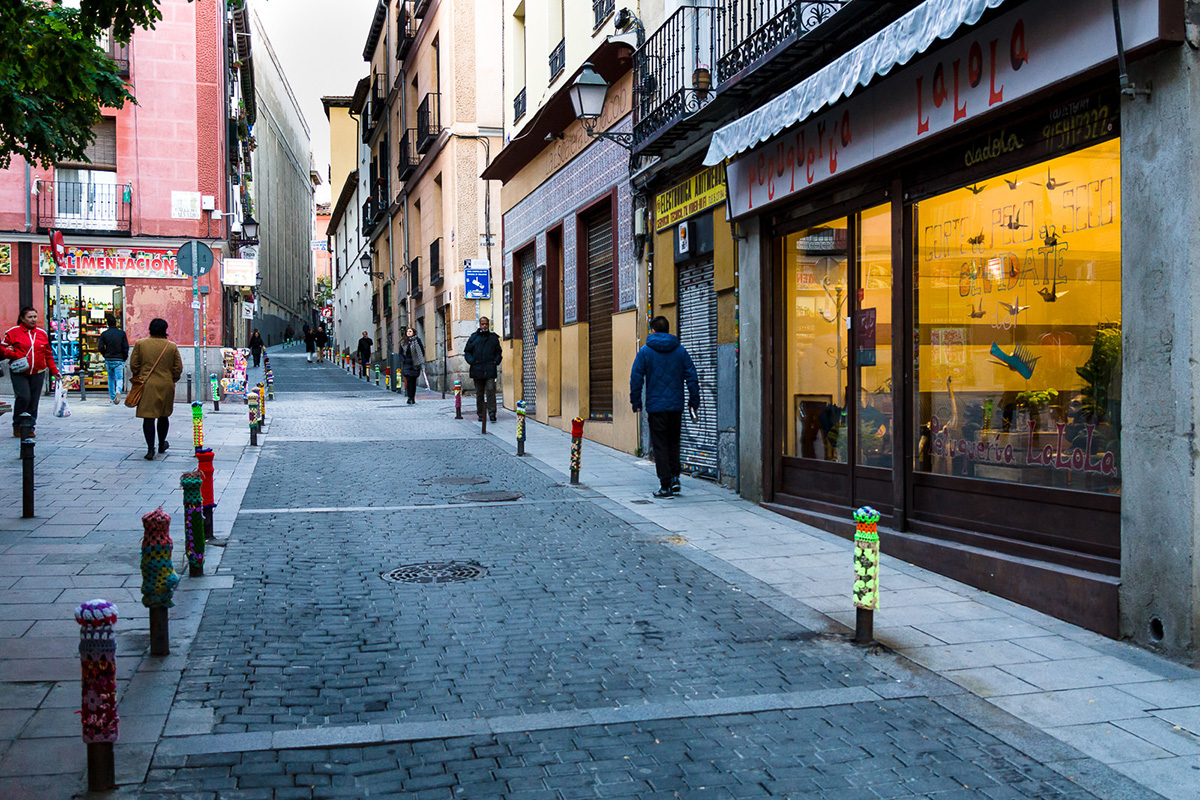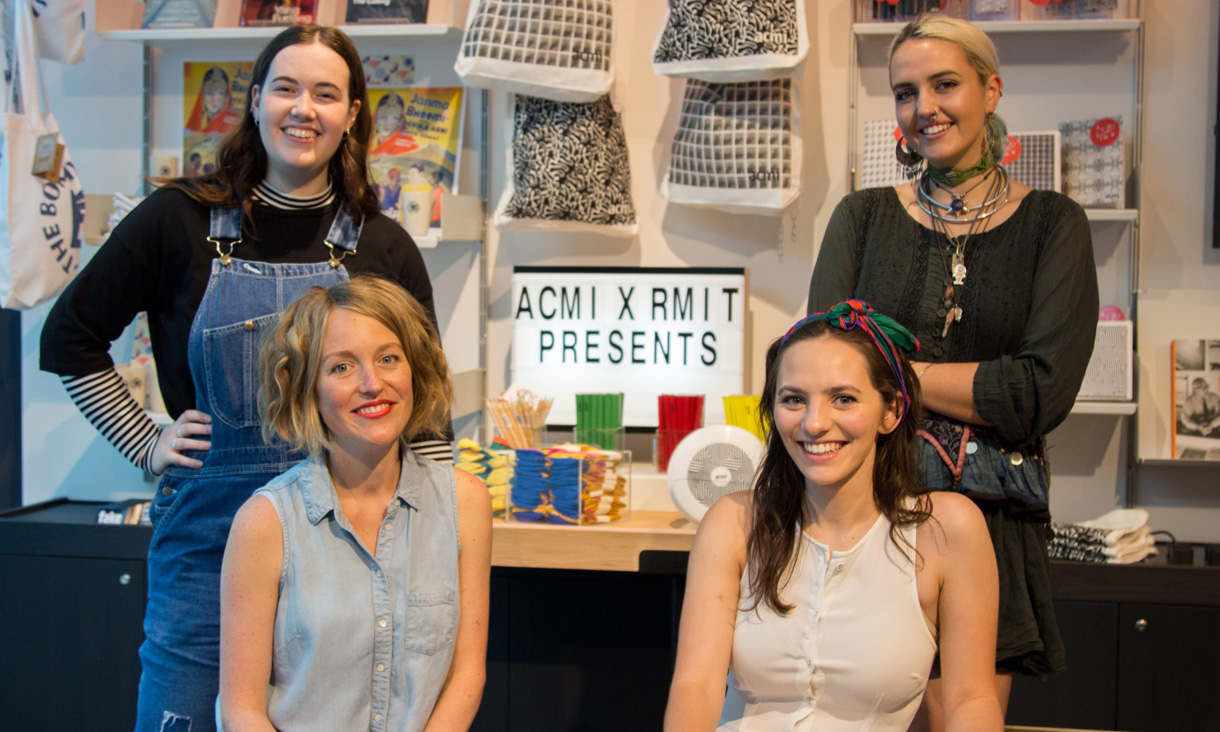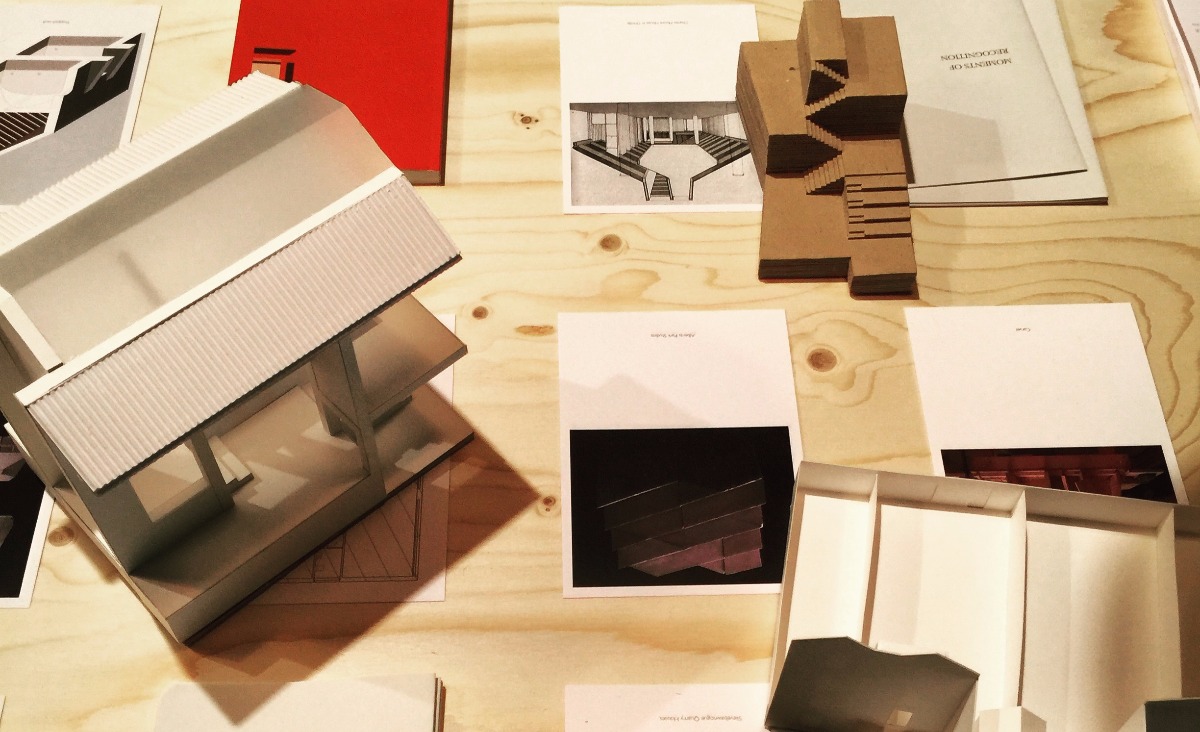Gentrification and local democracy in Europe: Q&A with Kristin Reichborn-Kjennerud
Kristin Reichborn-Kjennerud, visiting scholar to RMIT's Centre for Urban Research, discusses urban development and the need for social mobilisation to address challenges faced by city residents.
RMIT students design ACMI’s first ever line of merchandise
The Australian Centre for the Moving Image (ACMI) has launched a fresh line of merchandise locally designed and produced in collaboration with RMIT textile design students.
Spotlight on RMIT's practice-based research program in Europe
RMIT's practice-based PhD research program, which focuses on research in the medium of design practice itself, is in its tenth year of success in Europe.
RMIT students study the audience experience at global festival Sónar+D
The way people experience festivals, such as how they move across different spaces and engage with technology, was recently examined by students as part of an RMIT and UOC summer school in Barcelona.




